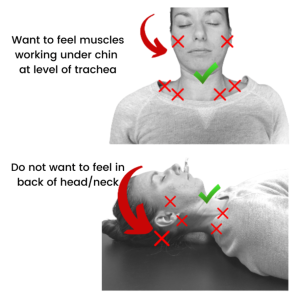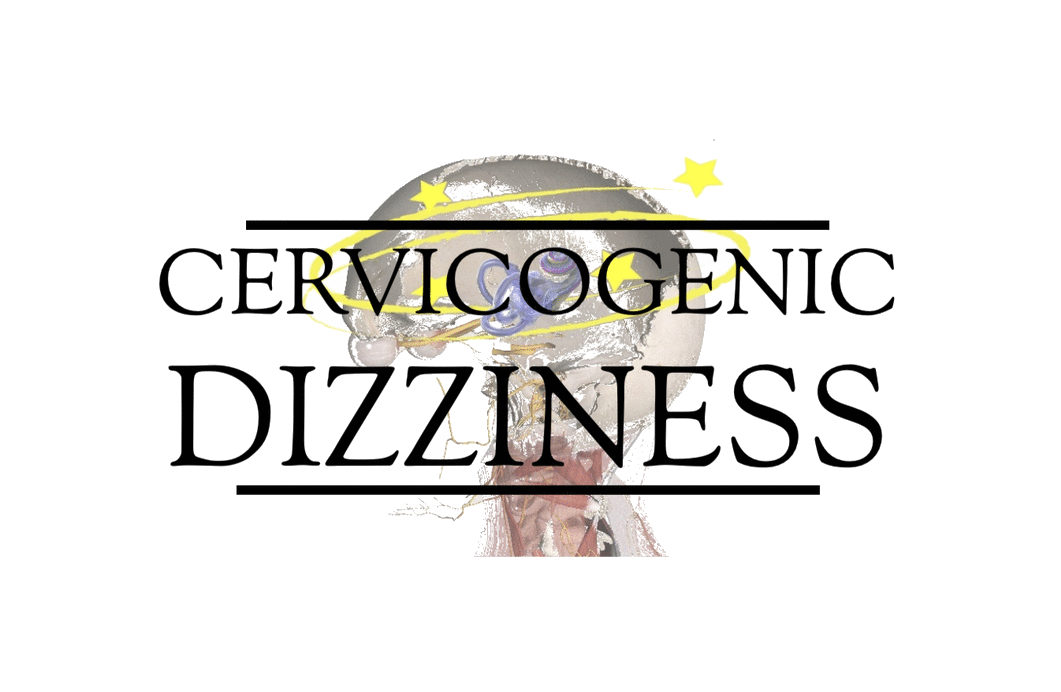How to Diagnose Cervicogenic Dizziness
January 7, 2023How to Treat Cervicogenic Dizziness
February 2, 2023
How to train deep neck flexors
Training deep neck flexors is very important for a clinician to know to help patients with neck pain. The mechanical stability of the cervical spine is provided by the neck musculature.
Therefore, specific exercise for deep cervical muscles can be emphasized to help performance.
The goal of training is to improve motor control activation and coordination strategies. The low load strategy that we do to start helps to re-establish proper activation patterns.
Deep neck flexor training is performed in the following steps:
- The clinician should know what muscles you want to activate. In this case, these are the longus colli and longus capitis.
2. The patient lies supine in a hook-lying position. The tragus of ear is in line with mid-cervical spine.
3. Ask patient to nod as if saying “yes”
4. Instruct that this is not as much of a strengthening exercise as instead one of precision and re-training
5. Hold for a count of 10 seconds for 10 repetitions.
You can watch the video below to watch me train the deep neck flexors.
Additionally, the following are other cues that can help engage the correct muscles.
- Slide the back of your head up the surface
- Look down with your eyes as you initiate the nod
Important information
The ability for the patient to “feel” the muscles working in the correct location and even more importantly, to “not feel” the muscles working in the incorrect location is key to success.
We find that this approach not only improves acquisition of motor skills, motor learning and neuromotor control, but achieves a mental representation of movement, which could help in achieving plastic changes in the brain.
You can see in the picture below where you should feel the exercise.

Where to feel deep neck flexor exercise
If you want to learn more about how to improve neck pain, check out more of our professional resources on Cervicogenic Dizziness.
